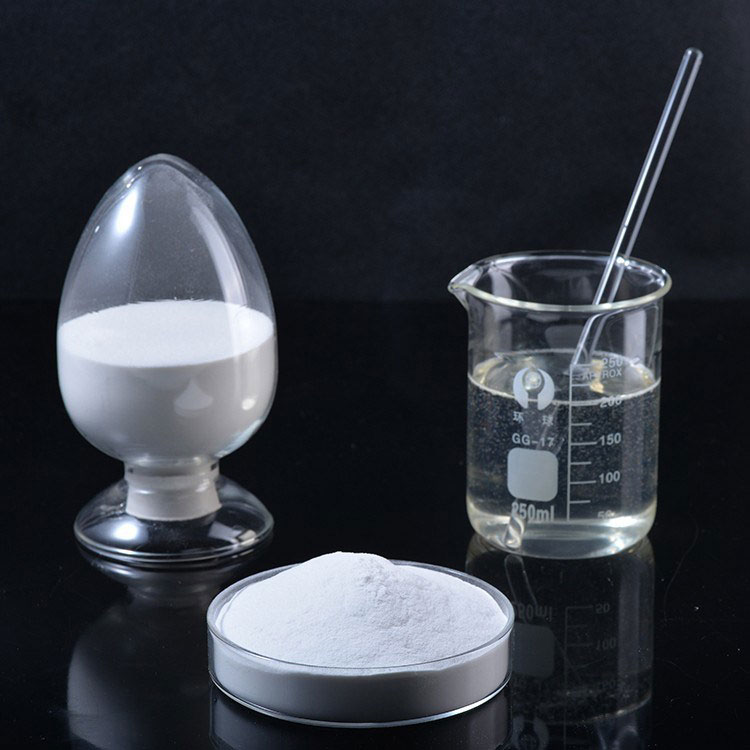Hydroxypropyl methyl cellulose (HPMC) is a widely used polymer in pharmaceutical formulations, where its dissolution behavior plays a crucial role in drug release kinetics and formulation performance. Various dissolution methods have been developed to assess the dissolution characteristics of HPMC-based dosage forms accurately. This paper provides a comprehensive review of dissolution methods for HPMC, covering both conventional and advanced techniques. The discussion includes an overview of dissolution principles, influencing factors, method development considerations, and applications in pharmaceutical research and development. Furthermore, recent advancements and emerging trends in dissolution testing of HPMC are discussed, highlighting innovative approaches and future directions in this field.
Keywords: Hydroxypropyl Methyl Cellulose (HPMC), Dissolution Methods, Drug Release, Pharmaceutical Formulations, Method Development, Applications
- Introduction Hydroxypropyl methyl cellulose (HPMC) is a cellulose ether widely used as a pharmaceutical excipient due to its versatile properties, including solubility modulation, viscosity enhancement, and film-forming ability. Understanding the dissolution behavior of HPMC is essential for optimizing drug release profiles and ensuring the efficacy and safety of oral dosage forms.
- Principles of Dissolution Testing Dissolution testing evaluates the release of drug substances from dosage forms under standardized conditions, providing critical information about drug release kinetics, dissolution rate, and formulation performance. The dissolution process involves the diffusion of dissolved drug molecules through the dissolution medium, which is influenced by factors such as solubility, pH, agitation, and temperature.
- Conventional Dissolution Methods 3.1. USP Apparatus I (Basket) The USP Apparatus I (basket) method is commonly used for immediate-release dosage forms, where the dosage form is placed in a basket immersed in the dissolution medium. The agitation facilitates the dissolution of the drug, and samples are withdrawn at specified time intervals for analysis.
3.2. USP Apparatus II (Paddle) The USP Apparatus II (paddle) method is suitable for dosage forms that tend to float or adhere to the vessel walls. The paddle apparatus provides more uniform mixing and is often used for extended-release formulations or poorly soluble drugs.
3.3. USP Apparatus IV (Flow-Through Cell) The USP Apparatus IV (flow-through cell) method is utilized for modified-release dosage forms and poorly soluble drugs. The dissolution medium continuously flows through a cell containing the dosage form, allowing for real-time monitoring of drug release.
- Advanced Dissolution Techniques 4.1. Dissolution Imaging Dissolution imaging techniques, such as UV imaging and magnetic resonance imaging (MRI), provide spatially resolved information about drug release and formulation behavior. These techniques allow for visualization of dissolution processes and assessment of formulation performance in real time.
4.2. Microfluidic Dissolution Microfluidic dissolution systems offer precise control over dissolution conditions and sample volumes, allowing for high-throughput screening and characterization of drug formulations. These systems mimic physiological conditions and enable rapid assessment of dissolution behavior.
- Method Development Considerations Method development for dissolution testing of HPMC involves optimization of parameters such as dissolution medium composition, pH, temperature, agitation rate, and sampling intervals. Validation of dissolution methods is essential to ensure accuracy, reproducibility, and reliability of results.
- Applications in Pharmaceutical Research and Development Dissolution testing of HPMC plays a crucial role in the development and quality control of oral dosage forms, including tablets, capsules, and multiparticulate systems. It facilitates formulation optimization, in vitro-in vivo correlation (IVIVC) studies, and assessment of bioequivalence.
- Recent Advancements and Emerging Trends Recent advancements in dissolution testing of HPMC focus on improving method sensitivity, enhancing in vitro-in vivo correlation, and exploring novel techniques for real-time monitoring of drug release. Emerging trends include the integration of physiologically relevant dissolution models and the use of artificial intelligence for data analysis and interpretation.
- Conclusion Dissolution testing methods for Hydroxypropyl Methyl Cellulose (HPMC) are essential tools for evaluating drug release kinetics, formulation performance, and in vitro-in vivo correlation. A thorough understanding of dissolution principles, method development considerations, and advanced techniques is crucial for pharmaceutical researchers and formulators seeking to optimize drug formulations and ensure product quality and efficacy.
References: [List of relevant research articles, regulatory guidelines, and industry standards on dissolution testing of HPMC-based dosage forms.


